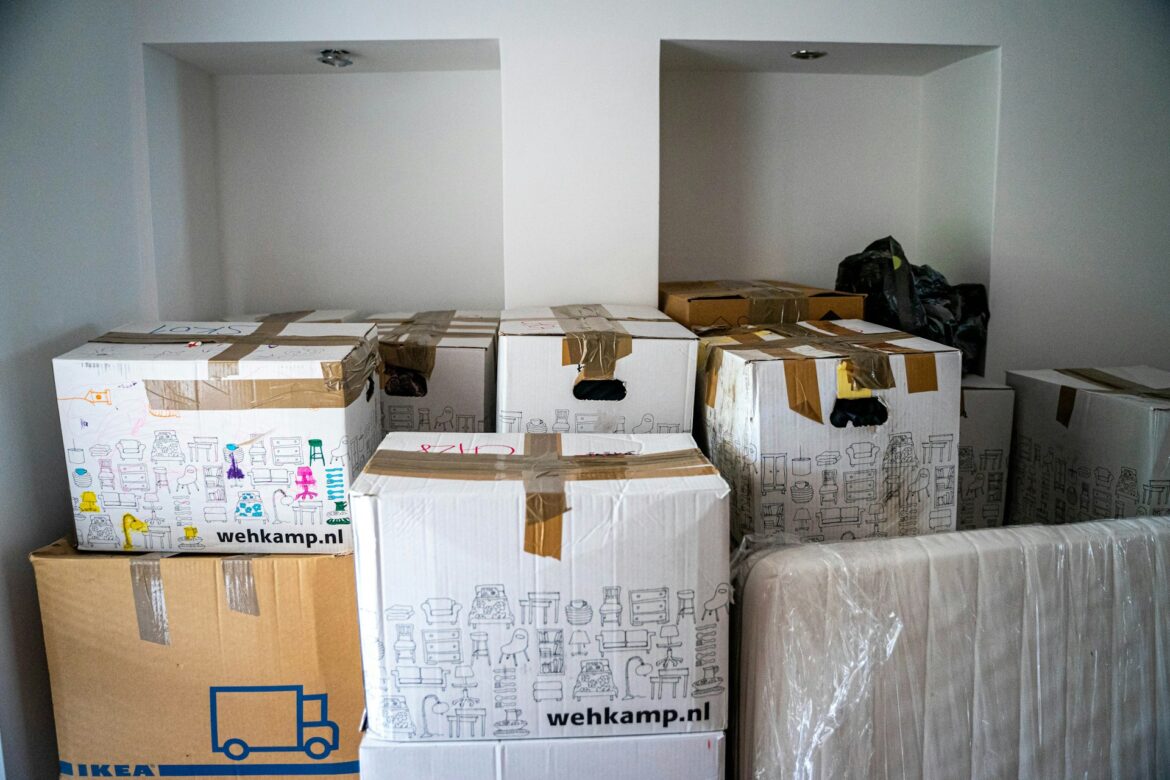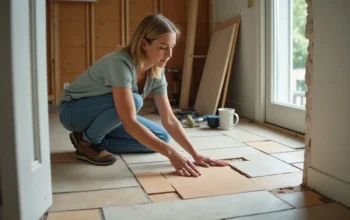
Thinking about packing up and moving soon? Whether you’re selling or just switching homes, there’s one job that makes everything easier: getting rid of clutter before the move. It cuts down on packing time, makes your place more appealing to buyers, and saves you from dragging unwanted junk into a new space.
But tossing things out without a plan rarely works. If you’re going to do it, do it properly.
Contents
Start With a Clear Sorting Method
Before you even open a cupboard or drawer, decide how you’ll sort everything. Otherwise, you’ll waste time second-guessing or moving things around in circles. Create four categories: keep, donate, sell, and discard. Use boxes or bags for each one and label them clearly so nothing ends up in the wrong pile.
This step sounds simple, but it’s essential. It helps you stay focused and speeds up every decision that comes next.
Separate Scrap Metal Early On
Scrap metal tends to build up in garages, sheds, and storage cupboards. Old fans, shelving units, broken appliances, leftover renovation bits, rusty tools… they’re all dead weight.
Instead of letting them sit, put them in a separate pile as soon as you come across them. Not only will it free up space fast, but you might also be able to recycle or sell it for scrap. You don’t need to know exactly what each item is worth; just gather anything that’s mostly metal and no longer useful. Stack it somewhere safe and look up a local scrap metal recycling point when you’re ready to take it in.
Group Items by Type, Not Location
A lot of people try to declutter one room at a time. But that often means making the same decisions over and over, especially when the same kinds of things are scattered around the house.
It’s quicker and easier to focus on categories instead. Start with clothing, then books, then paperwork, and so on. You only have to make one set of decisions per category, and you’ll avoid keeping duplicates just because they’re in different spots.
Once the major categories are sorted, it’s easier to go room by room and do a final pass.
Declutter the High-Clutter Zones First
Some areas are harder to deal with than others — they gather more junk and take more effort to clear out. Start here, and you’ll notice progress much faster.
Here are the five biggest problem areas in most homes:
- Garage or shed – Usually filled with tools, broken items, and forgotten storage boxes.
- Kitchen – Packed with duplicates, rarely used gadgets, and expired food.
- Wardrobes – Clothes that don’t fit, haven’t been worn, or belong to seasons long gone.
- Linen cupboard – Towels with holes, odd pillowcases, and way more sheets than necessary.
- Kids’ rooms – Toys, clothes, books, and school supplies build up quickly.
Getting through these first will lighten the rest of the job and free up storage as you go.
Make a Plan for Everything That Leaves
It’s easy to say something’s going out, then leave it sitting in a pile for weeks. To keep your momentum, you need an exit plan.
Set a date to drop off donations or book a collection. Keep any items for sale in one area, ideally near the front of the house, and give yourself a firm deadline to move them on. Rubbish and recycling should go straight to the bin or trailer, not back into a cupboard “for now.”
Clutter that’s meant to be leaving but still in the house is just clutter with a new label.
Use the Five-Second Rule for Small Items
Little bits and pieces are often the hardest to get rid of. Old cords, stray keys, random fasteners, broken pens… they feel too small to matter, but somehow end up in every drawer.
Here’s a trick: if you can’t explain exactly what it is or why you need it within five seconds, it’s safe to let it go. Most of the time, you won’t even miss it.
Decluttering for Buyers? Keep It Neutral
If you’re selling, decluttering is even more important. It helps potential buyers picture themselves in the space. Overly personal or crowded rooms can make that tough.
Clear out these things before any inspections or photos:
- Personal photos
- Fridge magnets and notes
- Overflowing shelves
- Cluttered benchtops
- Packed wardrobes
Leave room for imagination. A cleaner, more neutral space always shows better.
Get Ahead of the Chaos
Moving is stressful, no matter how organised you are. But walking into it with less stuff makes everything feel lighter. There’s less to pack, less to transport, and less to find space for later.
More importantly, you’ll be making a conscious decision about what you bring into your next chapter — not just dragging everything along by default.
So don’t wait for the chaos of moving day. Start now, sort properly, and give yourself the cleanest slate possible.



